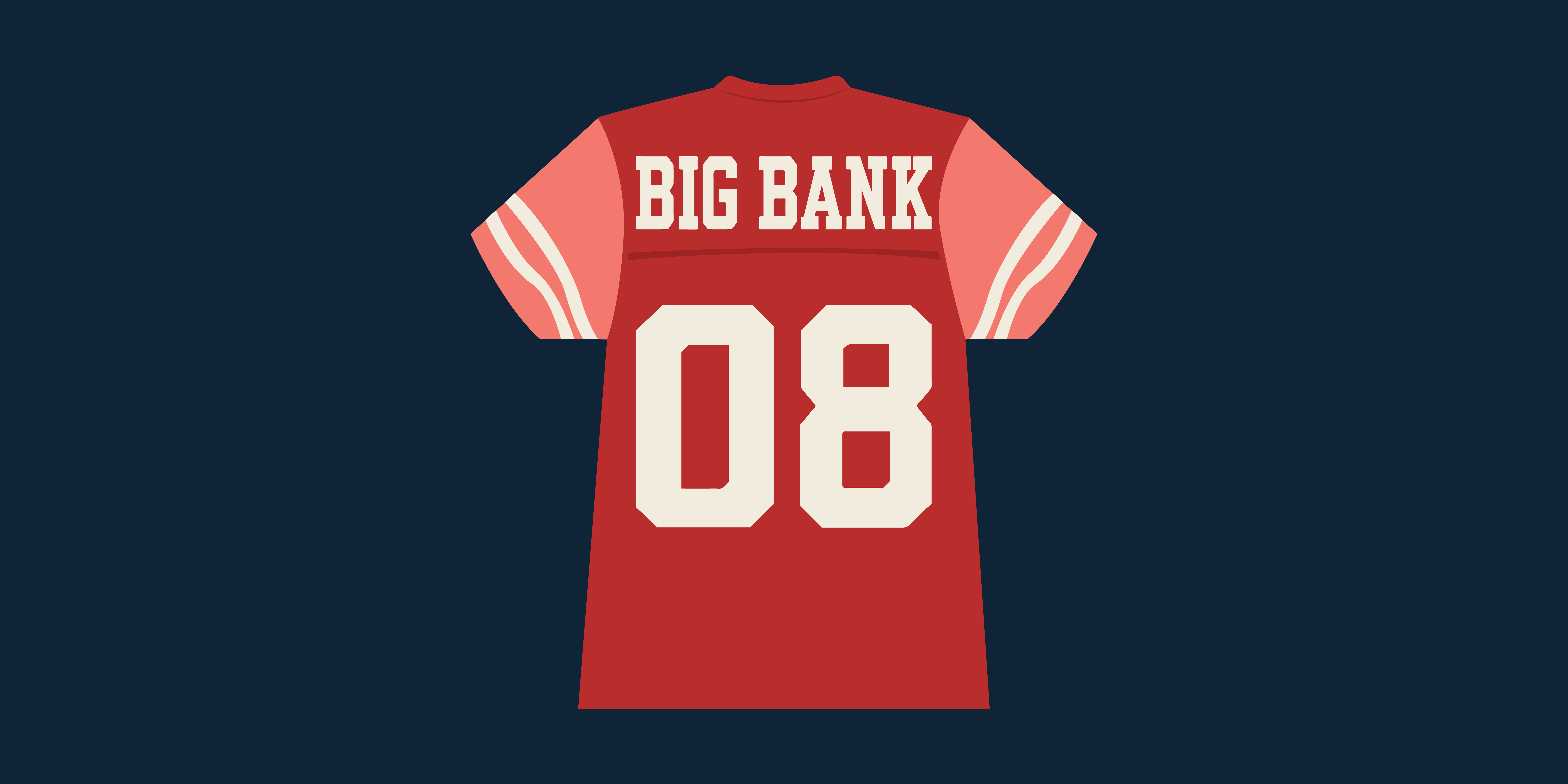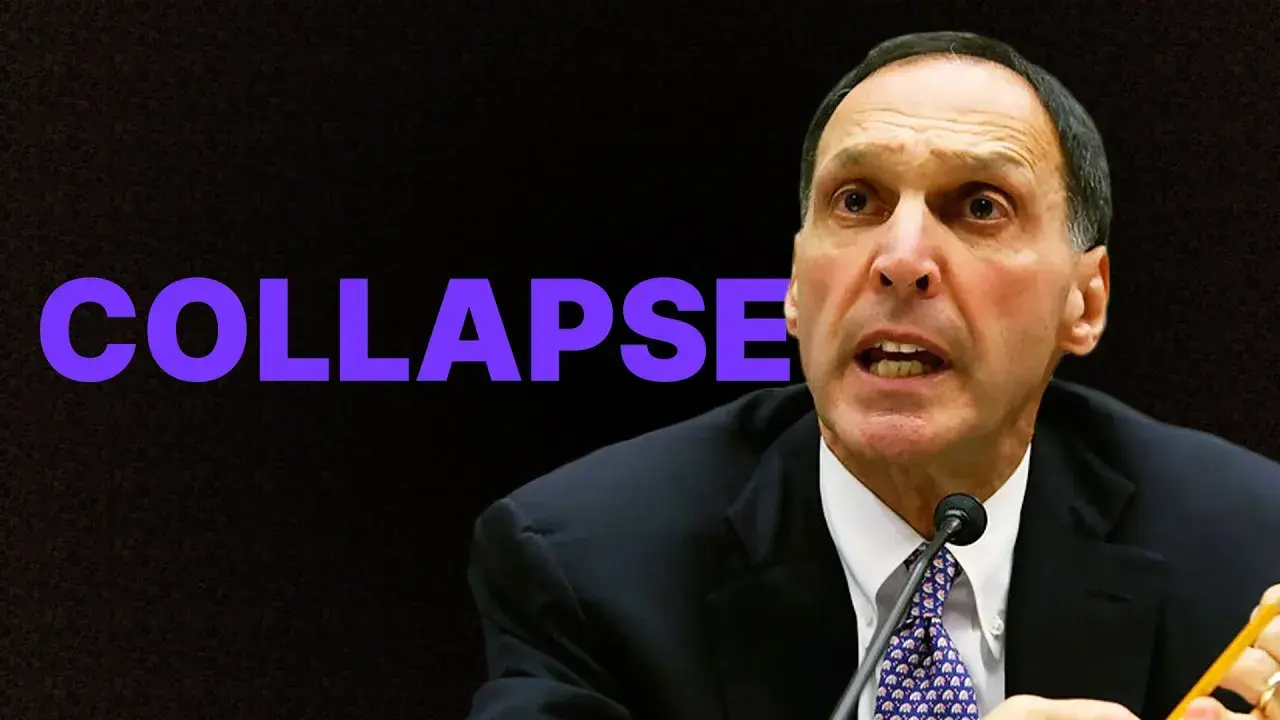A bank run occurs when too many customers withdraw — or attempt to withdraw — their money at the same time. This usually happens when customers fear their deposits will be lost because the bank is in some sort of trouble.
The banking system is predicated on the assumption that not everyone will want their money at the same time, since deposited funds don’t just stay sitting in cash at the bank on a dollar-to-dollar ratio. Customers withdrawing en masse can create a liquidity crisis for a bank.
Even if a bank isn’t actually insolvent, fears it could be can lead to insolvency. When a bank has insufficient liquidity in the form of cash on hand or liquid assets it can readily convert to cash to satisfy withdrawal requests, it will become insolvent. The regulators then take over to ensure an orderly dispensation of balances to mitigate widespread panic and a knock-on effect for other banks.
Show me the money!
When you deposit money at a bank, the bank doesn’t just hold it in your account for you as if it were a piggy bank. Banks use a system referred to as fractional reserve banking, under which only a small portion of customer balances are held in cash on the premises. Banks are for-profit entities and holding all balances in cash simply isn’t profitable.
A specified amount is reserved for normal daily cash requirements and the rest is put to work: it’s loaned out and/or invested in commercial paper, government bonds, mortgage securities, and other relatively lower risk liquid assets. Managing daily reserves is a critical function for any bank.
Under normal circumstances, this means the bank makes money and customers have funds available to draw on. But, if too many customers decide to withdraw their funds simultaneously, a bank can “run” out of physical money and this cash shortage can push them into insolvency.
The role of technology in a bank run
While the idea of a bank run can evoke images of grainy black-and-white footage of people actually running to their banks to get their money, most modern-era bank runs are silent ones. A silent bank run is when depositors withdraw funds without physically entering a branch. These are virtually identical to normal bank runs, except funds are withdrawn via electronic means that do not require in-person withdrawals.
The technology that makes remote withdrawals possible makes the prospect of a bank run a bigger threat. Banks actually used to have employees and their families join the lineups and take their time with the teller in order to stanch the outflow of cash.
Nowadays there are very seldom long queues of anxious depositors to slow the pace of a bank run.
Silence not so golden at Silicon Valley Bank
The Silicon Valley Bank (SVB) collapse in March 2023 was the second-largest U.S. bank failure, behind Washington Mutual, after falling victim to a silent bank run. SVB announced that they needed over $2 billion to shore up their balance sheet, and by the end of the following business day, customers had withdrawn $42 billion.
One deciding factor in that run was the interconnectedness of SVB’s clients, who were mostly venture capitalists, and led to limited diversity in their customer base. Once news worked its way through the VC community that some founders had advised their clients to withdraw all funds, everybody was clamouring to get their money out.
This compelled the bank to quickly liquidate assets — at greatly reduced firesale prices — to come up with the funds needed to honour withdrawals. These are the kinds of losses that trigger insolvency events.
SVB had what are known as “held-to-maturity” (HTM) assets that they intended to hold until maturity and these made up roughly 43% of their portfolio. As the U.S. Federal Reserve raised interest rates, the market value of these holdings was reduced, but HTM assets are not marked to market. Their books showed values nowhere near what they could obtain in the secondary market. And in the end it wasn’t enough to cover the withdrawal requests, so regulators took over.
Even though international Basel III rules and the U.S. Dodd-Frank Act were introduced as a result of the Global Financial Crisis bank failures to prevent additional failures, the regulations don’t apply equally to all banks. Also, some portions of the Dodd-Frank Act were rolled back under the Trump administration (in 2018), specifically for banks with less than $250 billion in assets. These requirements could very well have prevented the collapse of SVB.
As Yogi Berra would say, “it’s déjà vu all over again”
There have been numerous bank runs around the world – dating back to before The Great Depression.
The banking panic of 1907 caused a frenzy of withdrawals due to a lack of public trust in the banking system. J.P. Morgan and other Wall Street firms actually lent their own money to save the U.S. from financial disaster.
During the Global Financial Crisis, numerous banks and financial services companies failed due to liquidity shortfalls, which led to the largest U.S. failures in the past 20 years. The fall of Lehman Brothers prompted a sizeable run on Wachovia and then Washington Mutual failed, which exacerbated the run.
The Great Recession also brought down banks in Ireland, the U.K., and Iceland. Northern Rock became the first British bank to experience a run since the Victorian era and actually suffered both a silent and a traditional bank run in 2007. Other international bank runs occurred during the Myanmar banking crisis (2003) and the Argentine economic crisis (2001).
One of the most interesting bank runs is that of the Bank of the United States in 1930, when a customer wanted to sell his shares in the bank, but was told not to because it was a good investment. The frustrated gentleman left and said that his request was refused because the bank was insolvent. Within hours, customers had lined up around the block to make withdrawals of $2 million or roughly $36 million today.
Banks runs and the bank holiday
In 1933, U.S. President Roosevelt ordered a week-long shutdown following multiple bank runs. This enabled banks to access cash from other financial institutions or the Federal Reserve, so they could meet withdrawal requests.
It also proved to be the catalyst for restoring the public’s faith and trust in banks and the banking system. In fact, when the banks reopened after the “holiday” customers were lined up to deposit their money.
While it’s worrisome that bank runs have happened many times before, the banking system didn’t fail completely, which shows that we can live through — and learn — from them.
What happens next?
In the wake of the turmoil in 2023, U.S. President Joe Biden said he would ask Congress to reexamine the rules for banks.
“We must reduce the risk of this happening again. Americans can rest assured: your banking system is safe,” he said.
Ultimately, banks can only continue to run smoothly if their customers have confidence in the bank and its ability to satisfy withdrawal requests fully and on a timely basis.
Only time will tell what lessons will be learned from and changes enacted following the demise of Silicon Valley Bank.






